Concise Oxford Dictionary defines Resilience as recoiling; springing back; resuming its original shape after bending, stretching, compression etc. With five components of crop production space, water, energy, light, nutrients- limiting, there are stresses on crops to perform at threshold input yielding optimum output. Droughts and floods, cold and heat waves, forest fires, landslides and mud slips, ice storms, dust storms, hailstorms, thunder clouds associated with lightening and sea level rise are throwing new challenges to farming.
This dangerously narrow level of food base prompts to widen the base of grains, vegetables, fruits, spices, industrial crops, mushrooms and aromatic plants. The emphasis so far was more on terrestrial plants, forest plants and lesser on lower plants. The aquatic plants-fresh water, brackish water, marine- were not much explored for edible use except by Chinese and Japanese. Halophytes, bryophytes, ferns and sea weeds are so far climate resilient. The Indo-Burmese Centre of origin (Hindustan centre including North East) is abode of several plants of possible vegetable, fruit and spicy value.
The New Life styles consequent to migration for employment have brought newer food and dietary patterns. The urbanization and smaller family size are leading to pre-cooked foods and visitation to restaurants.
Chapters on bryophytes, halophytes, microalgae, chasmophytes, pseudocereals, medicinal mushrooms, speciality mushrooms, palmyrah palms, bramakamal, tropical tuber crops, dragon fruits, broad dhaniya, plants for dyes, kale and ornamental ginger are authored by eminent working scientists from 21 Universities and Research Institutes in Japan and India. The crops for the future especially climate resilient are to be identified and promoted in an emerging production scenario of new life style foods and convenient speciality foods getting attention by the new generation.
Contents: 1. Climate change and agriculture/GSLHV Prasada Rao. 2. Bryophytes as future foods/ Yoshinori Asakawa and Agnieszka Ludwiczuk. 3. Halophytes-Alternative food crops from saline and coastal habitats/P. Kaladharan and Baby Ushakiran, M.S. 4. Microalgae/Neha Chamoli Bhatt and Sushma Tamta. 5. Pseudocereals/M. Dutta and J.C. Rana. 6. Edible chasmophytes/Binu Thomas and Rajendran Arumugam. 7. Palmyrah palm/Jiji George and Anitha Karun. 8. Brahmakamal/Manu Pant. 9. Tropical tuber crops/James George and Suresh Kumar, P. 10 Dragon fruit/P. Bhattacharjee and D. Chatterjee. 11. Broad Dhaniya/ Shrawan Singh. 12. Black caraway/S.K. Gupta, Sandeep Sehgal, N.S. Raina and L.M. Gupta. 13. Plants for dyes/S. Sarada. 14. Kale/Chander Parkash, S.S. Dey and Vijay Bhardwaj. 15. Ornamental gingers/Sheela Jaygopal. 16. Speciality mushrooms/B.L. Dhar. 17. Leaf vegetables of Mizoram/B.K. Singh, V.K. Verma and Y. Ramakrishna. Index.


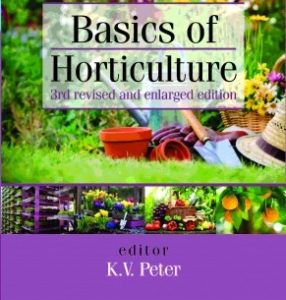
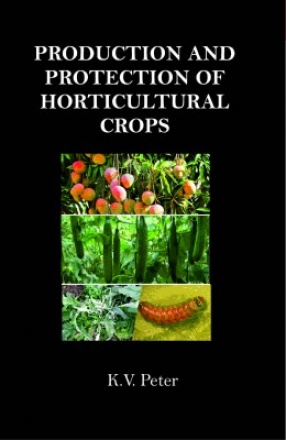
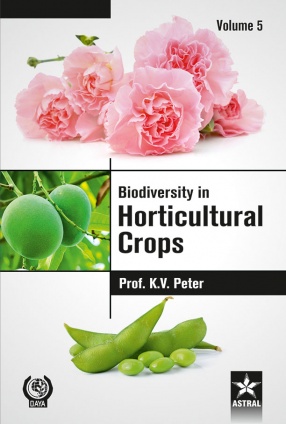
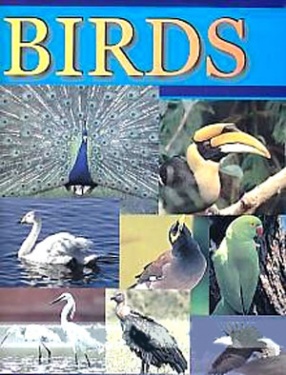
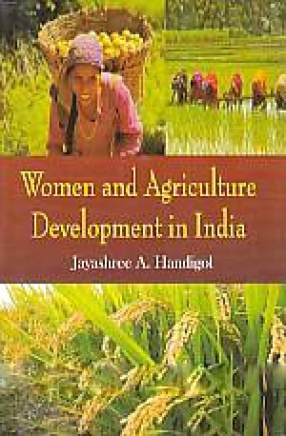
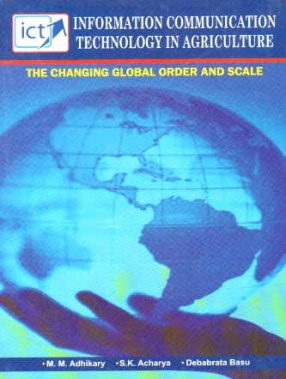
There are no reviews yet.